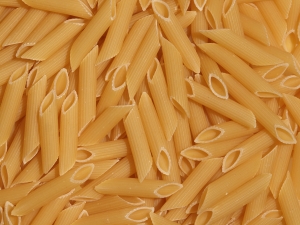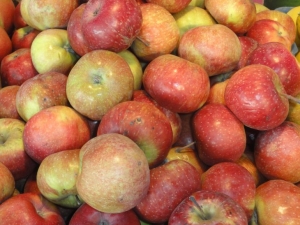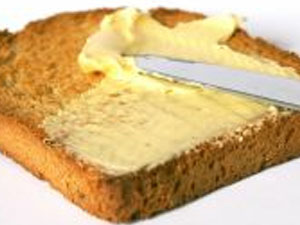Early Intervention Menu
Nutrition For Children
By Judy Fowler, RD, MS, CNSC
Although all infants have their differences in how they eat and what they like, there are some typical feeding developmental patterns. If your infant is allergic to any foods then, of course, those would not be included. Following is a suggestion of a typical pattern for nutritional intake.
Infants: Age 0-5 to 6 months
- Only need breast milk or formula starting with feeding every 1-2 hours through a 24-hour period and working up to feeding every 3-4 hours with a longer stretch at night.
Infants: Age 5-6 to 8 months
- You may start introducing solids such as cereals (infants need the additional iron at that age), and adding pureed fruits and vegetable and meats.
- Your baby is ready for solids when they sit up with support, hold head up with support, and reach for things and can hold them.
- Solids should be offered with a spoon.
Infants: Age 8 to 12 months
- You may start introducing table foods when the baby can sit up in a high chair, can hold food, and get food from the hand to the mouth. (Babies don't need teeth to start the soft table foods).
- Foods should be offered in 3 meals and 2-3 snacks through the day. Initial foods to try include mashed potatoes, yogurt, refried beans, mashed fruits and vegetables, ground meats, and soft cheese pieces.
- After these are introduced, can move on to Cheerios or Kix cereal, small pieces of cut-up fruits and cooked vegetables, scrambled egg yolks, pasta, soft casseroles, tender meats, and cottage cheese.
Foods to Avoid - until after 1 year of age and perhaps longer
May choke on popcorn, nuts, chips, jelly beans, hard candy, suckers, hot dogs, toddler meat sticks, Vienna sausage, raw vegetables.
Avoid honey due to the potential for a botulism spore, which would make your child very sick.
Have a higher potential for allergic reactions with egg whites, fish, citrus fruits and
juices (orange, grapefruit), and cow's milk.
Parenting Tips on Nutrition for Children Ages 1 to 3
- Children all eat very differently and some will eat more and some will eat less than any recommended quantities.
- Children can be very active and do have small tummies so foods are to be offered in 3 meals and 2-3 snacks/day.
- Children do eat different amounts daily but usually have an adequate intake over a week's time. Don't force your child to eat.
- Generally limit snacks and fluids including water for about an hour prior to meal times in order to encourage an appetite for the set meal or snack time.
- Snacks can help meet the nutritional guidelines. Fruit or vegetables with cheese or peanut butter, yogurt, or a glass of milk are all great choices!
| Food Group(s) | Amount | Example(s) | |
|---|---|---|---|

|
Dairy | 2-3 cups | Whole milk only for age 1-2 2%, 1% or skim milk after that; Yogurt, cheese, pudding, ice cream |

|
Meats | 2-4 ounces or 1/4-1/2 cup | Beef, poultry, fish, egg, peanut butter, beans, nuts |

|
Grains | 3-5 servings or 1 slice or about 1/2 cup/serving | Bread, tortilla, cereal, rice, pasta – preferably whole grains |

|
Vegetables | 1-1 1/2 cups | Broccoli, spinach, tomatoes, cauliflower, cabbage, green beans, carrots, sweet potatoes, pumpkin, squash, potatoes, corn (note potatoes and corn are higher in starch) |

|
Fruits | 1-1 1/2 cups | Oranges, melons, berries, apples, bananas, pears, plums, apricots, peaches (note juice can be included but keep to 4-6 oz/day and offered only in a cup) |

|
Fats | 6-9 teaspoons | Butter, margarine, oils, mayonnaise, salad dressing |
